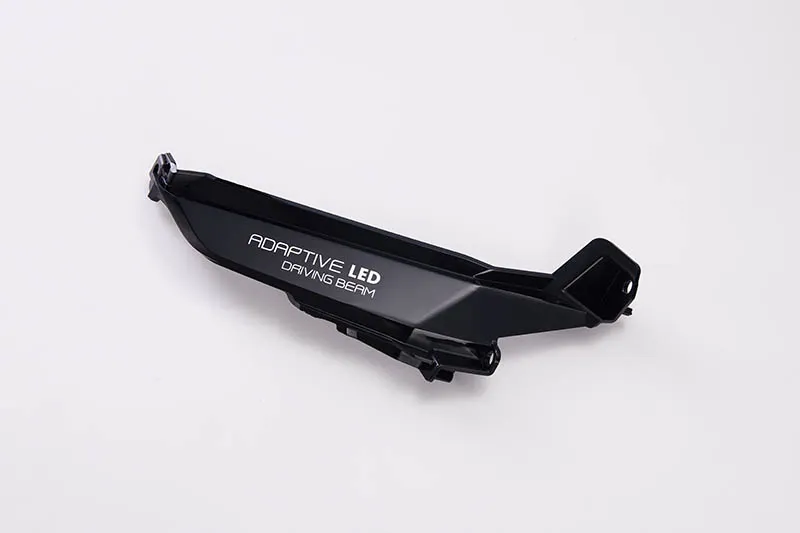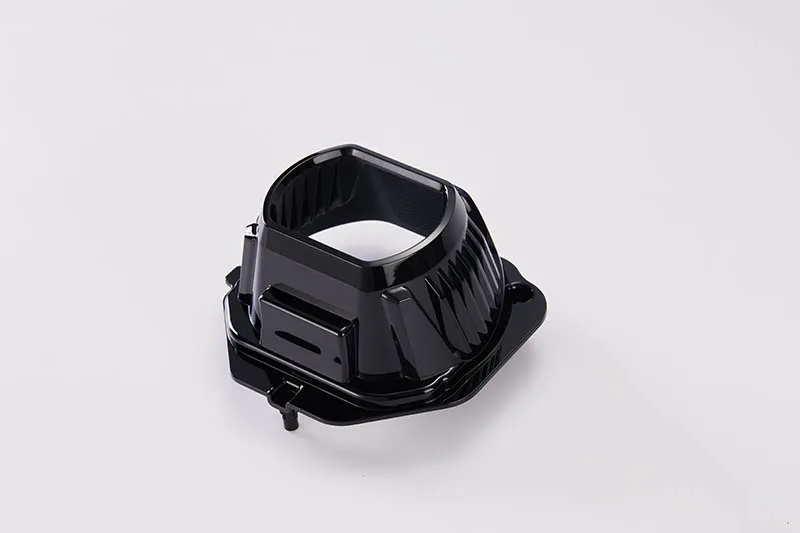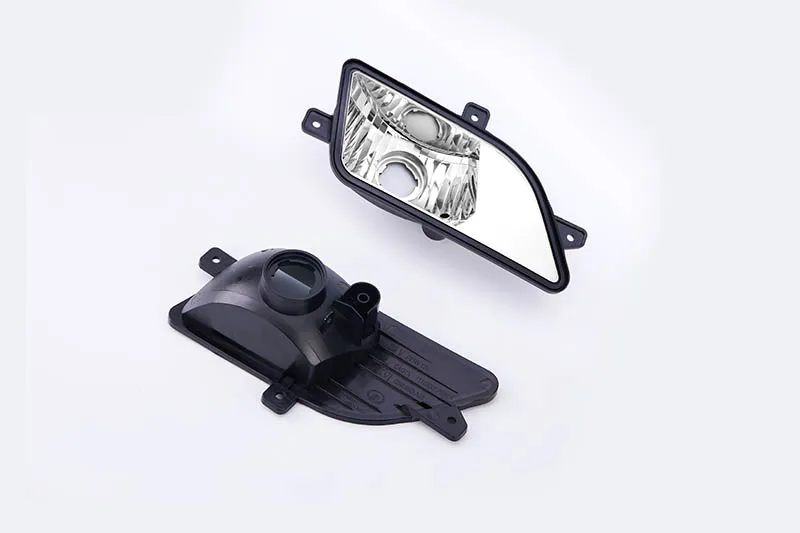Introduction
The automotive industry is a cornerstone of global manufacturing, with millions of vehicles produced each year. At the heart of every vehicle lies a complex array of parts, each meticulously designed and manufactured to serve a specific purpose. The manufacturing of automotive parts is a highly specialized process, involving advanced technologies, precision engineering, and a deep understanding of materials science. This article explores the various stages of automotive parts manufacturing, from the initial design to the final production, and highlights the importance of quality control, material selection, and innovative manufacturing techniques.
The Design Phase: Blueprint for Performance and Safety
The manufacturing process of automotive parts begins long before production lines start rolling. The design phase is the foundation upon which the entire process is built. During this phase, engineers, designers, and manufacturers collaborate to create detailed plans for each component. These plans ensure that the parts meet specific performance standards, safety regulations, and aesthetic requirements.
- CAD (Computer-Aided Design) Software: The design of automotive parts typically begins with the use of CAD software, which allows engineers to create 3D models of each component. This software helps to visualize the part in precise detail, simulating how it will interact with other parts in the vehicle. CAD tools enable designers to optimize the component’s size, shape, and functionality, ensuring that it meets strict automotive standards for performance and safety.
- Prototyping: Once the design is completed in CAD software, manufacturers create physical prototypes of the part. These prototypes are often 3D printed or made from less expensive materials, allowing for testing and evaluation before the full-scale production begins. Prototyping helps identify any design flaws, improve fit and function, and ensure that the part performs as expected.
- Simulation Testing: Advanced simulation tools are used to test the performance of the part under various conditions. This includes stress testing, thermal analysis, and crash simulations, which ensure that the part can withstand real-world conditions. These tests are critical for ensuring the part’s durability and safety, especially when it comes to high-stress components like brake systems, engine parts, or suspension elements.
Material Selection: The Foundation of Durability and Performance
Material selection is one of the most crucial aspects of automotive part manufacturing. The material chosen must not only meet the performance and safety requirements of the vehicle but also contribute to cost efficiency and sustainability. Automotive manufacturers select materials based on their mechanical properties, weight, durability, and environmental impact.
- Steel and Aluminum: Steel has long been a preferred material for automotive manufacturing due to its strength, durability, and affordability. It is commonly used in structural components like chassis, suspension, and engine parts. However, as the demand for lighter vehicles with improved fuel efficiency has increased, aluminum has become a popular alternative. Aluminum is lightweight, resistant to corrosion, and offers excellent performance in parts such as engine blocks, wheels, and body panels.
- Plastics and Composites: With the rise of electric vehicles and hybrid models, plastics and composite materials have gained prominence in automotive manufacturing. Components such as dashboards, interior panels, and bumpers are increasingly made from advanced plastics and composites, which are lightweight and cost-effective. These materials also allow for greater design flexibility and can contribute to energy savings in the manufacturing process.
- Rubber: Rubber plays an essential role in the automotive industry, particularly in parts such as tires, seals, gaskets, and suspension bushings. Rubber components must be able to withstand high levels of stress, heat, and wear. Manufacturers often use synthetic rubbers combined with additives to enhance durability, performance, and resistance to environmental conditions.
- Ceramics and Glass: Ceramics are used in specific automotive parts that require high heat resistance, such as brake discs and exhaust components. Similarly, glass is a critical material for windshields and windows, with innovations in laminated and tempered glass providing enhanced safety and energy efficiency.
Selecting the right material is crucial for ensuring that automotive parts are durable, reliable, and able to perform under the various stresses of day-to-day driving. Manufacturers must carefully balance performance, cost, weight, and environmental impact when choosing materials for each component.
The Manufacturing Process: Precision Engineering in Action
Once the design and materials are finalized, the manufacturing process begins. Modern automotive manufacturing relies on a combination of traditional methods and cutting-edge technologies to produce parts with high precision and consistency. The key stages in the manufacturing process include:
- Casting: Casting is a popular method used to manufacture complex metal parts. In this process, molten metal is poured into a mold to form a specific shape. It is commonly used for engine blocks, transmission housings, and other structural components. The casting process allows for precise shaping of parts, although it requires careful control of temperature and cooling rates to avoid defects.
- Forging: Forging is a process in which metal is heated and shaped using high pressure. This method is ideal for producing parts that require high strength and toughness, such as crankshafts, axles, and connecting rods. Forging enhances the material’s grain structure, making the part more durable and resistant to wear and fatigue.
- Stamping and Pressing: For mass production of sheet metal parts such as body panels, doors, and roof frames, stamping and pressing are commonly used. In this process, a metal sheet is placed into a press, where it is shaped using high force. Stamping is highly efficient for large-scale production and ensures that parts are produced with consistent quality.
- Machining: Machining is a subtractive manufacturing process where material is removed from a workpiece to achieve the desired shape. CNC (Computer Numerical Control) machines are commonly used for machining complex parts like engine components, transmission gears, and suspension components. Machining offers high precision and is essential for producing parts that require tight tolerances.
- Injection Molding: Injection molding is a process used for manufacturing plastic parts. In this process, plastic material is heated and injected into a mold under pressure. This method is widely used for producing interior components, exterior trim, and small plastic parts like bumpers, grilles, and door handles. Injection molding allows for the efficient production of high-quality plastic parts with complex shapes.
- Additive Manufacturing (3D Printing): Additive manufacturing, or 3D printing, is revolutionizing the automotive industry by enabling the rapid prototyping and production of parts. This process builds parts layer by layer from digital designs, offering flexibility in creating customized components. Though still in its early stages for mass production, 3D printing is already being used for prototyping, small batch production, and the creation of complex parts that would be difficult to produce using traditional methods.
Quality Control and Testing: Ensuring Reliability and Safety
Once automotive parts are manufactured, they undergo rigorous quality control and testing to ensure they meet the required standards for safety, performance, and durability. Quality control is a critical step in the manufacturing process, as even minor defects in automotive parts can lead to significant safety risks.
- Dimensional Inspection: Precision is key in automotive manufacturing, and parts must be inspected to ensure they meet strict dimensional tolerances. Laser measurement systems and coordinate measuring machines (CMM) are used to check the accuracy of each part. These systems can measure parts with micron-level precision, ensuring that they will fit together seamlessly during assembly.
- Material Testing: Various material tests, including tensile strength, hardness, and fatigue resistance, are conducted to ensure that the materials used in automotive parts can withstand the stresses of real-world driving conditions. Materials are tested for their ability to resist wear, corrosion, and deformation.
- Functional Testing: Parts like brakes, engines, and suspension components undergo functional tests to ensure that they perform correctly under typical driving conditions. For example, brake pads may be subjected to high temperatures and pressures to simulate the heat generated during braking. Engine parts are tested for their ability to withstand thermal cycling and mechanical stress.
- Environmental Testing: In addition to functional tests, automotive parts are often subjected to environmental testing to simulate real-world conditions such as extreme temperatures, humidity, and exposure to salt (for corrosion resistance). These tests help ensure that the parts can endure various environmental challenges during the vehicle’s lifespan.
Sustainability and Innovations in Manufacturing
As the automotive industry moves toward sustainability, manufacturers are increasingly focused on reducing the environmental impact of production processes. Advances in material science, energy-efficient manufacturing techniques, and recycling are helping to minimize waste and reduce carbon footprints.
- Recycled Materials: The use of recycled metals, plastics, and composites is becoming more common in automotive manufacturing. These materials not only help reduce the demand for virgin resources but also contribute to lower production costs and reduced environmental impact.
- Energy-Efficient Manufacturing: Manufacturers are investing in energy-efficient technologies, such as electric furnaces, low-energy molding machines, and more efficient transportation and logistics systems. These efforts help reduce the energy consumption and greenhouse gas emissions associated with automotive parts production.
- Sustainable Manufacturing Practices: Many manufacturers are adopting sustainable manufacturing practices, including waste reduction, water recycling, and the use of renewable energy sources. By embracing these practices, automotive companies are not only reducing their environmental impact but also improving their long-term sustainability.
Conclusion: The Evolution of Automotive Parts Manufacturing
The manufacturing of automotive parts is a highly sophisticated process that blends traditional engineering techniques with modern technology. From the initial design phase to the final production, every step of the process is meticulously controlled to ensure that the parts meet the highest standards for performance, safety, and durability. As the industry continues to evolve, innovations in materials, manufacturing techniques, and sustainability will shape the future of automotive parts manufacturing.
By understanding the complexity of the manufacturing process, consumers can appreciate the importance of high-quality, well-designed parts in ensuring the safety, reliability, and longevity of their vehicles. The continuous improvement of manufacturing methods will not only enhance vehicle performance but also contribute to a more sustainable and efficient automotive industry.




